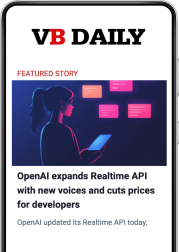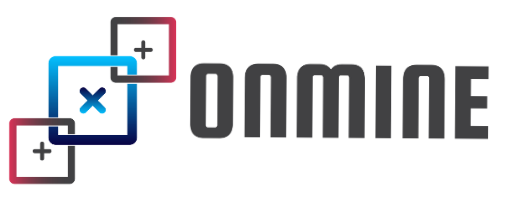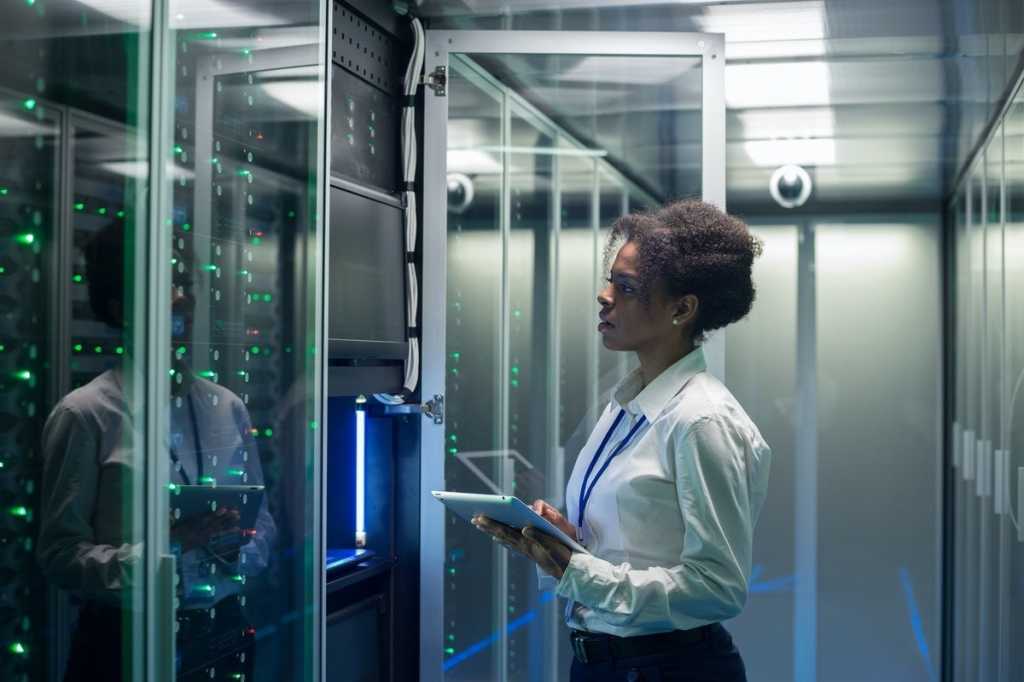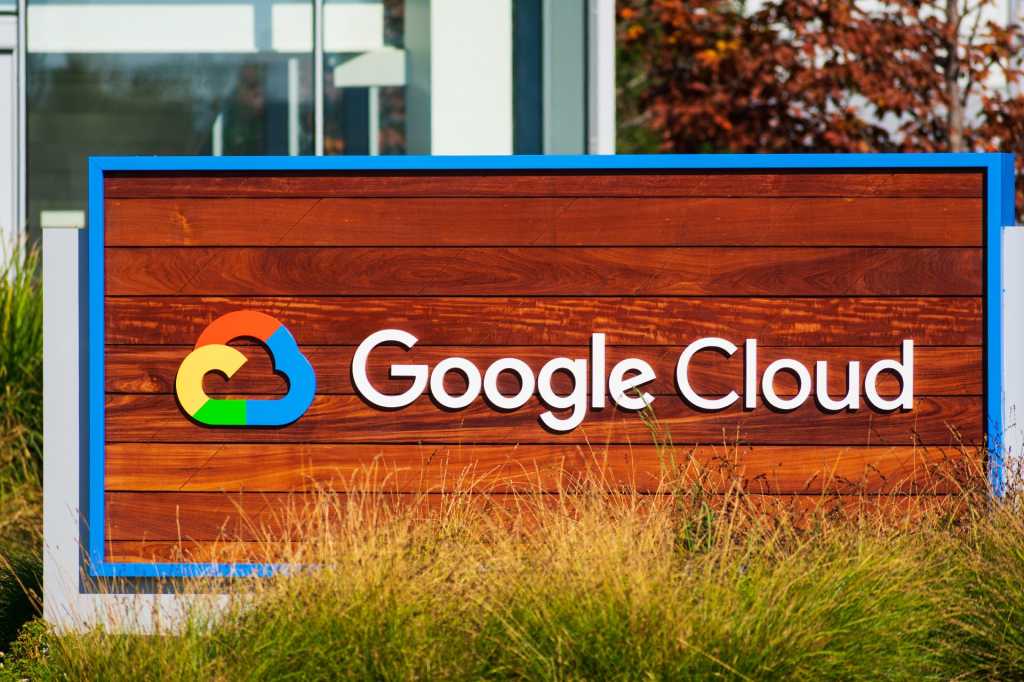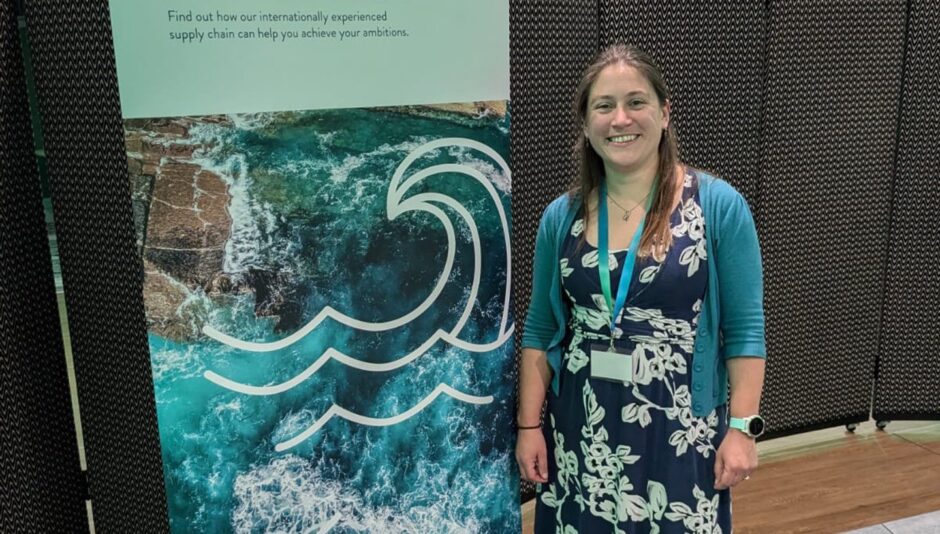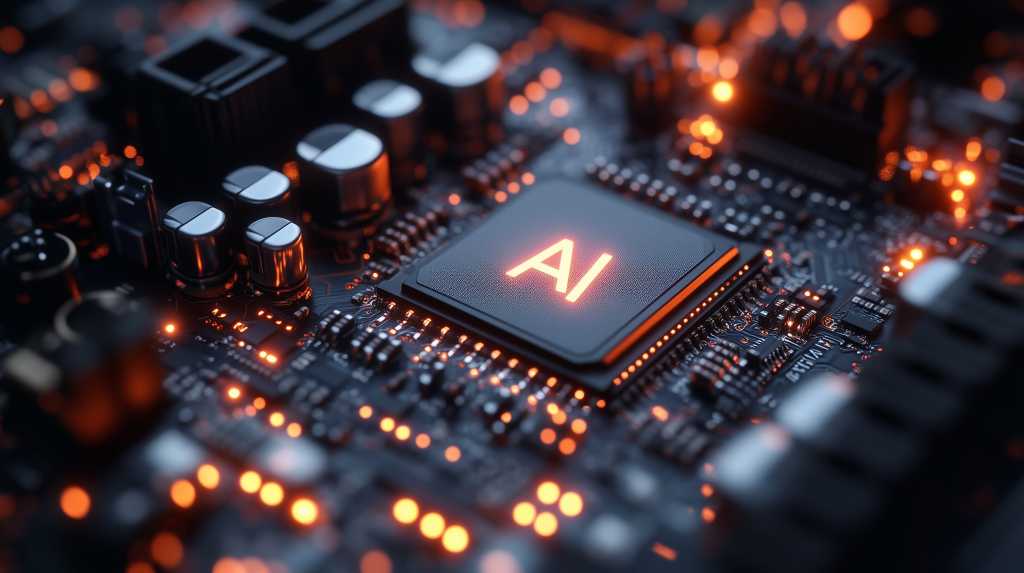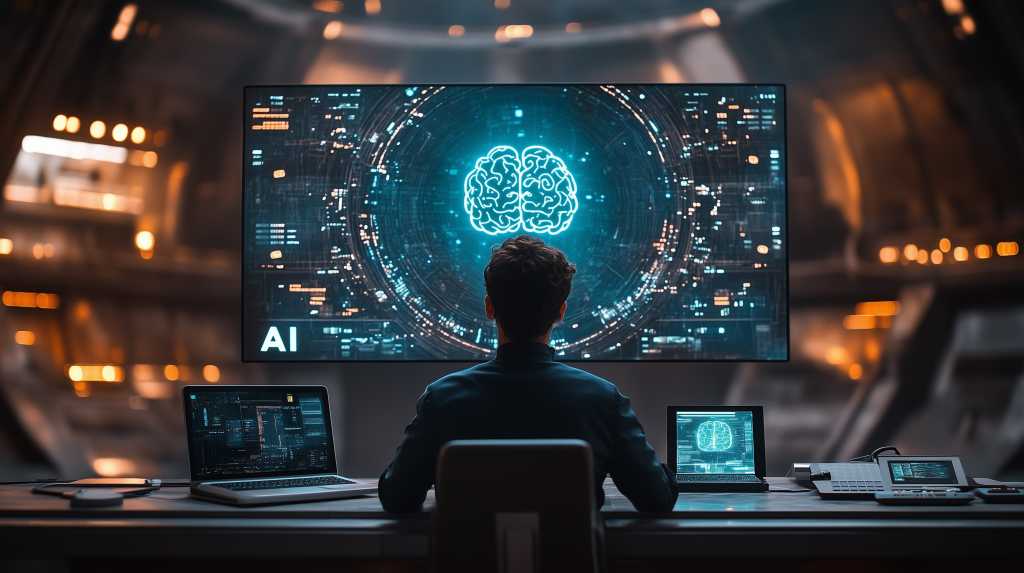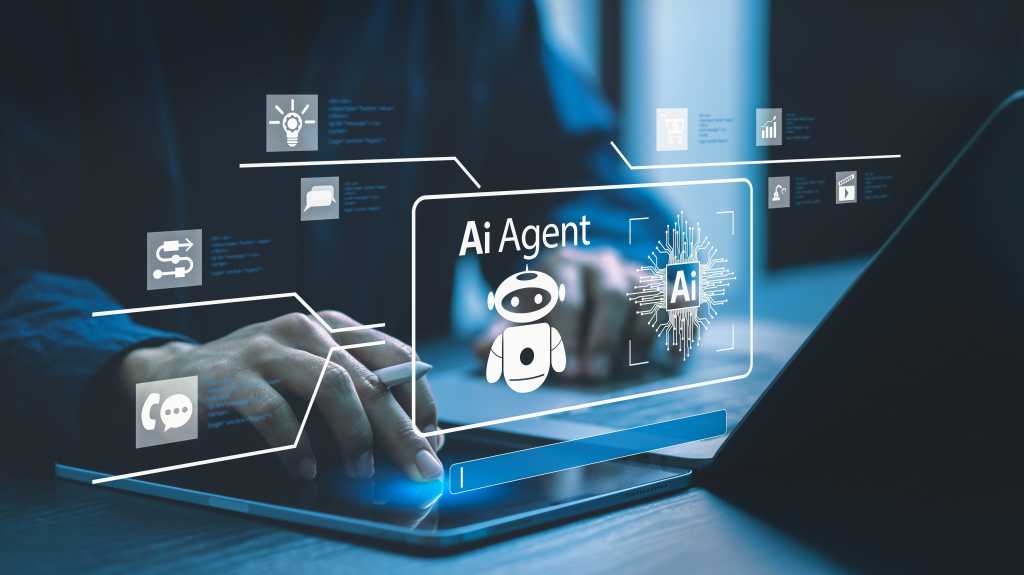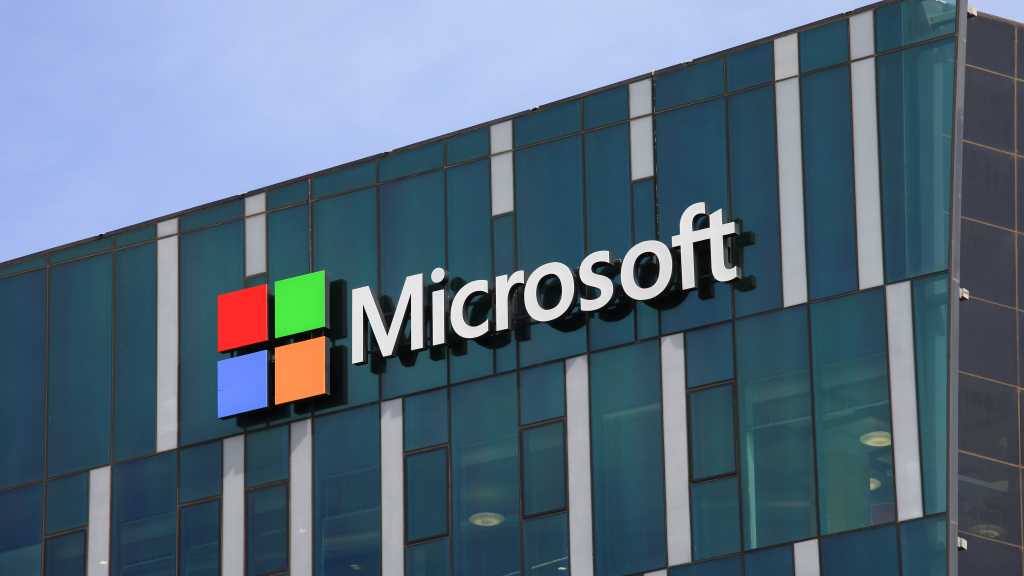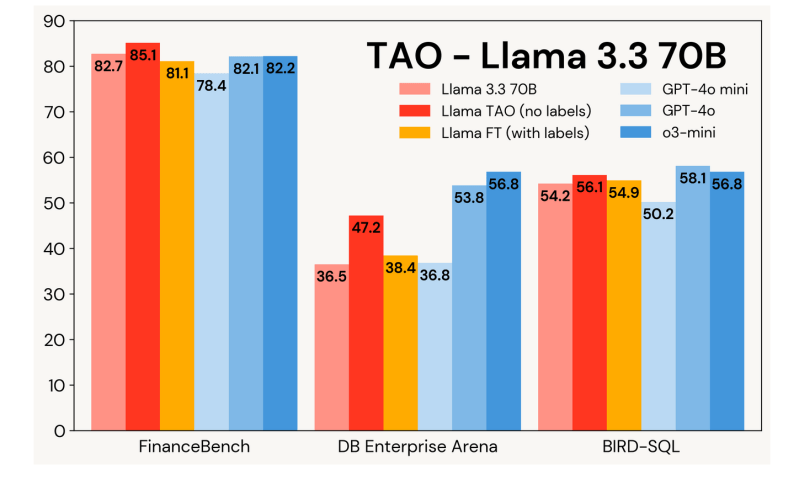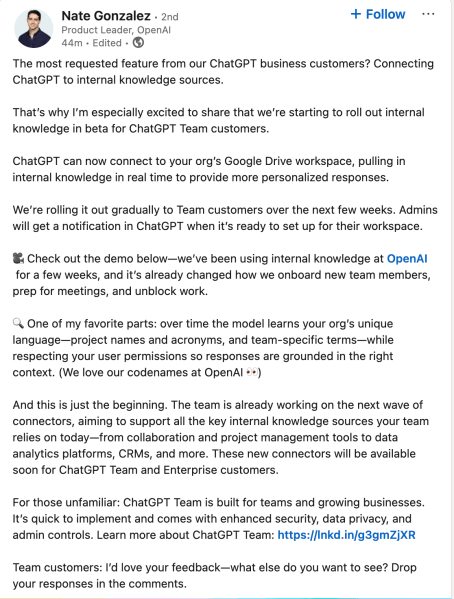Join our daily and weekly newsletters for the latest updates and exclusive content on industry-leading AI coverage. Learn More
Anthropic announced today that its AI assistant Claude can now search and process information from the internet in real time, addressing one of users’ most requested features and closing a critical competitive gap with OpenAI’s ChatGPT.
The new web search capability, available immediately for paid Claude users in the United States, transforms the AI assistant from a tool limited by its training data cutoff to one that can access and synthesize the latest information across the web.
“With web search, Claude has access to the latest events and information, boosting its accuracy on tasks that benefit from the most recent data,” Anthropic said in its announcement. The company emphasized that Claude will provide direct citations to sources, allowing users to fact-check information— a direct response to growing concerns about AI hallucinations and misinformation.
AI arms race intensifies as Anthropic secures billions in funding
This launch comes at an important moment in the rapidly evolving AI sector. Just three weeks ago, Anthropic secured $3.5 billion in Series E funding at a post-money valuation of $61.5 billion, underscoring the high stakes in the AI race. Major backers include Lightspeed Venture Partners, Google (which holds a 14% stake), and Amazon, which has integrated Claude into its Alexa+ service.
The web search rollout also follows Anthropic’s recent release of Claude 3.7 Sonnet, which the company claims has set “a new high-water mark in coding abilities.” This focus on programming proficiency appears strategic, especially in light of CEO Dario Amodei’s recent prediction at a Council on Foreign Relations event that “in three to six months, AI will be writing 90% of the code” that software developers currently produce.
The timing of this feature launch reveals Anthropic’s determination to challenge OpenAI’s dominance in the consumer AI assistant market. While Claude has gained popularity among technical users for its nuanced reasoning and longer context window, the lack of real-time information access has been a significant handicap in head-to-head comparisons with ChatGPT. This update effectively neutralizes that disadvantage.
How Claude’s web search transforms enterprise decision-making
Unlike traditional search engines that return a list of links, Claude processes search results and delivers them in a conversational format. Users simply toggle on web search in their profile settings, and Claude will automatically search the internet when needed to inform its responses.
Anthropic highlighted several business use cases for the web-enabled Claude: sales teams analyzing industry trends, financial analysts assessing current market data, researchers building grant proposals, and shoppers comparing products across multiple sources.
This feature fundamentally changes how enterprise users can interact with AI assistants. Previously, professionals needed to toggle between search engines and AI tools, manually feeding information from one to the other. Claude’s integrated approach streamlines this workflow dramatically, potentially saving hours of research time for knowledge workers.
For financial services firms in particular, the ability to combine historical training data with breaking news creates a powerful analysis tool that could provide genuine competitive advantages. Investment decisions often hinge on connecting disparate pieces of information quickly — exactly the kind of task this integration aims to solve.
Behind the scenes: The technical infrastructure powering Claude’s new capabilities
Behind this seemingly straightforward feature lies considerable technical complexity. Anthropic has likely spent months fine-tuning Claude’s ability to search effectively, understand context, and determine when web search would improve its responses.
The update integrates with other recent technical improvements to the Anthropic API, including cache-aware rate limits, simpler prompt caching, and token-efficient tool use — all aimed at helping developers process more requests while reducing costs. These enhancements, announced earlier this month, can reduce token usage by up to 90% for certain applications.
Anthropic has also upgraded its developer console to enable collaboration among teams working on AI implementations. The revised console allows developers to share prompts, collaborate on refinements, and control extended thinking budgets — features particularly valuable for enterprise customers integrating Claude into their workflows.
The investment in these backend capabilities suggests Anthropic is building for scale, anticipating rapid adoption as more companies integrate AI into their operations. By focusing on developer experience alongside user-facing features, Anthropic is creating an ecosystem rather than just a product — a strategy that has served companies like Microsoft well in enterprise markets.
Voice mode: Anthropic’s next frontier in natural AI interaction
Web search may be just the beginning of Anthropic’s feature expansion. According to a recent report in the Financial Times, the company is developing voice capabilities for Claude, potentially transforming how users interact with the AI assistant.
Mike Krieger, Anthropic’s chief product officer, told the Financial Times that the company is working on experiences that would allow users to speak directly to Claude. “We are doing some work around how Claude for desktop evolves… if it is going to be operating your computer, a more natural user interface might be to [speak to it],” Krieger said.
The company has reportedly held discussions with Amazon and voice-focused AI startup ElevenLabs about potential partnerships, though no deals have been finalized.
Voice interaction would represent a significant leap forward in making AI assistants more accessible and intuitive. The current text-based interaction model creates friction that voice could eliminate, potentially expanding Claude’s appeal beyond tech-savvy early adopters to a much broader user base.
How Anthropic’s safety-first approach shapes regulatory conversations
As Anthropic expands Claude’s capabilities, the company continues to emphasize its commitment to responsible AI development. In response to California Governor Gavin Newsom’s Working Group on AI Frontier Models draft report released earlier this week, Anthropic expressed support for “objective standards and evidence-based policy guidance,” particularly highlighting transparency as “a low-cost, high-impact means of growing the evidence base around a new technology.”
“Many of the report’s recommendations already reflect industry best practices which Anthropic adheres to,” the company stated, noting its Responsible Scaling Policy that outlines how it assesses models for misuse and autonomy risks.
This focus on responsible development represents a core differentiator in Anthropic’s brand positioning since its founding in 2021, when Amodei and six colleagues left OpenAI to create an AI company with greater emphasis on safety.
Anthropic’s approach to regulation appears more collaborative than defensive, positioning the company favorably with policymakers who are increasingly focused on AI oversight. By proactively addressing safety concerns and contributing constructively to regulatory frameworks, Anthropic may be able to shape rules in ways that align with its existing practices while potentially creating compliance hurdles for less cautious competitors.
The future of AI assistants: From chatbots to indispensable digital partners
The addition of web search to Claude represents more than just feature parity with competitors — it signals Anthropic’s ambition to create AI systems that can function as comprehensive digital assistants rather than specialized tools.
This development marks a significant evolution in AI assistants. First-generation large language models were essentially sophisticated autocomplete systems with impressive but limited capabilities. The integration of real-time information access, combined with Claude’s existing reasoning abilities, creates something qualitatively different: a system that can actively help solve complex problems using up-to-date information.
For businesses investing in AI integration, Claude’s new capabilities offer compelling advantages. Cognition, maker of the AI software developer assistant Devin, has already leveraged Anthropic’s prompt caching to provide more context about codebases while reducing costs and latency, according to the company’s leadership.
The real potential of these systems goes far beyond simple information retrieval. By combining current data with deep contextual understanding, AI assistants like Claude could transform knowledge work by handling substantial portions of research, analysis, and content creation — freeing humans to focus on judgment, creativity, and interpersonal aspects of their roles.
What web search means for Claude users today and tomorrow
Web search is available now for all paid Claude users in the United States, with support for free users and international expansion planned “soon,” according to the announcement. Users can activate the feature through their profile settings.
As competition in the AI assistant space intensifies, Anthropic’s deliberate approach to expanding Claude’s capabilities while maintaining its focus on safety and transparency suggests a long-term strategy focused on building user trust alongside technical advancement.
The race between AI companies is increasingly about balancing capability with reliability and trust. Features like web search with source citations serve both goals simultaneously, providing users with more powerful tools while maintaining transparency about information sources.
With Claude now able to tap into the internet’s vast resources while maintaining its characteristic nuanced reasoning, Anthropic has eliminated a key competitive disadvantage. More importantly, the company has taken a significant step toward creating AI systems that don’t just respond to queries but actively help users navigate an increasingly complex information landscape.
Daily insights on business use cases with VB Daily
If you want to impress your boss, VB Daily has you covered. We give you the inside scoop on what companies are doing with generative AI, from regulatory shifts to practical deployments, so you can share insights for maximum ROI.
Read our Privacy Policy
Thanks for subscribing. Check out more VB newsletters here.
An error occured.
